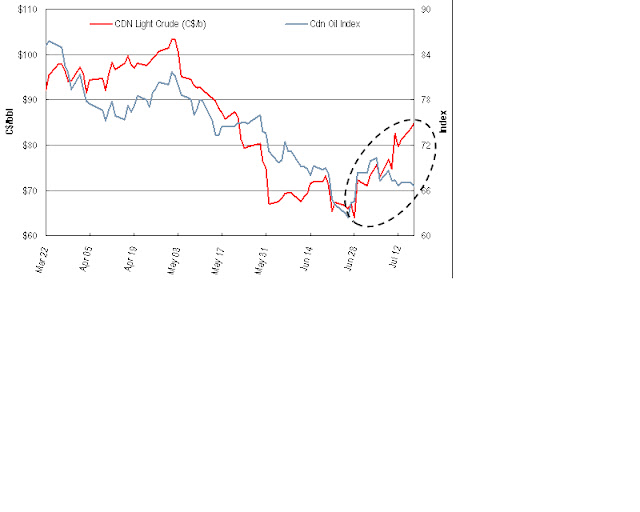My friend over at Qwest Investment Management had a terrific "trend watch" report out last week. The following utilizes some excerpts from this letter which I think hit the nail on the head for the economic environment we are in...
September is turning out to be “stimulus month” for the global economy. First, the European Central Bank announced a program of unlimited buying of peripheral country debt under certain conditions. Their actions have temporarily put a floor on eurozone risk.
China followed by announcing a series of infrastructure spending initiatives designed to stimulate the economy. Measures include plans to build 2,018 kilometers of railroads, as well as spending on sewage treatment plants, port and warehouse projects and waterway upgrades.
And then last week the Federal Reserve joined the party by announcing further stimulus for the American economy.
Stock and commodity prices have soared on news of these pump priming measures. While our Trend Model was prescient enough to spot this rally early, we believe that this is a rally to be “rented and not owned”. Longer term problems remain and the global economy still has to deal with the longer term problem of a debt overhang, which ultimately translates to slower economic growth.
They went on to utilize a chart from HS Dent Research which adds to the the story. It demonstrated the correlation of US age demographics to stock market returns. Baby Boomers are nearing retirement and until the next generation, who are aptly named the Echo Boomers, start to hit their peak savings years, stock prices will continue to face some real headwinds. (I haven't included the chart in this blog entry, but instead have added a great chart showing the "expansion and contraction" cycles in the markets (Dow Jones back to 1900). One can easily spot the population "boomers" cycle from start to current retirement.)





